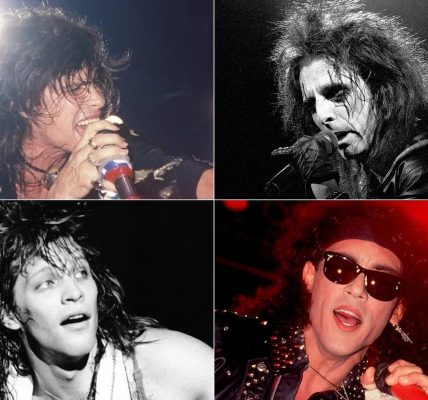When reminiscing about the vibrant music scene of the ’90s, it’s natural to think of iconic bands from the grunge and alternative genres, especially the legendary Seattle groups like Nirvana and Pearl Jam. However, this era’s musical landscape is far broader, encompassing a diverse array of artists and genres that released groundbreaking albums. The ’90s were not just about one sound; they marked an explosion of musical innovation that spanned rock, hip-hop, country, and electronic music, contributing to a rich tapestry of cultural expression.
?Everything just exploded in the ’90s,? said journalist Gary Graff on the UCR Podcast. ?You had number one albums in the ’90s that were selling half a million to a million copies a week. Every genre out there was extremely active.? He highlights how hair metal transitioned into the grunge era, while West Coast rap faced a formidable response from the East Coast. The rise of techno and electronic music also became a defining feature of the decade. Folk music began to be redefined as Americana, and country music evolved into a distinct genre, showcasing the dynamic shifts in the music industry. With advanced technology and diverse platforms to consume music, the ’90s truly made music an integral part of daily life.
This topic has been a significant focus for Graff over the past year as he led a team of passionate music writers in curating the ultimate list of the best albums from the decade. The culmination of their efforts is encapsulated in the book 501 Essential Albums of the ’90s: The Music Fan’s Definitive Guide. This substantial volume exceeds 400 pages and features 600 images, offering readers a treasure trove of music history and surprises, particularly regarding notable omissions.
?There?s no James Taylor in this book, no Jackson Browne, no Joni Mitchell, no AC/DC, and no Rush, and there?s a reason for that,? Graff elaborates. ?All of them were considered and they released impactful albums during the ’90s, but they didn?t produce works that were deemed essential to their catalogs or the decade.? This perspective may spark debate among fans of albums such as Counterparts and Test for Echo by Rush, or AC/DC’s The Razor’s Edge, but Graff’s extensive experience as a journalist during the ’80s and ’90s gives him the credibility to make such assessments.
Graff, who has interviewed many artists from that era, infused personal anecdotes into the book, enriching the narrative with firsthand experiences. He recalls significant events, such as covering Woodstock ’94 and its sequel in 1999. ?For Woodstock ’94, we had a plan,? he reminisces. ?A group of writers who played music said, ?Let?s get something together. We should play Woodstock.?? Although they made arrangements for a performance, their dream gig tragically fell through.
Listen to Gary Graff Discuss the ’90s on the ‘UCR Podcast’
?Saturday night was when the deluge occurred,? Graff continues. ?I?m still convinced that the event organizers seeded the clouds to ensure their Woodstock rain?our stage was washed away.? He has a wealth of memories from that time, including the challenges of transporting his cumbersome filing equipment to cover Ozzfest, a festival where he was allowed to bring his gear without issue. These recollections highlight the unique experiences that shaped the music journalism landscape of the era.
So, what lasting impact did the ’90s have on music? Graff shares his insights: ?The ’90s introduced the concept of music being integrated into every aspect of our lives.? As the decade progressed, the quest for innovative ways to consume music intensified, paving the way for file sharing and platforms like Napster, which revolutionized access to music. However, this shift had its downsides.
?This led to a troubling trend,? Graff reflects. ?It?s reminiscent of how the Yankees changed baseball. When something becomes too dominant, it can start to turn on itself. We enjoyed incredible technologies, but the high costs of CDs and the push to re-purchase vinyl collections fostered a culture that questioned paying for music. While the ’90s elevated music to unprecedented heights, it also sowed the seeds for its eventual decline, and the repercussions are still felt today.?
Discover the Most Influential American Classic Rock Bands of the ’90s





